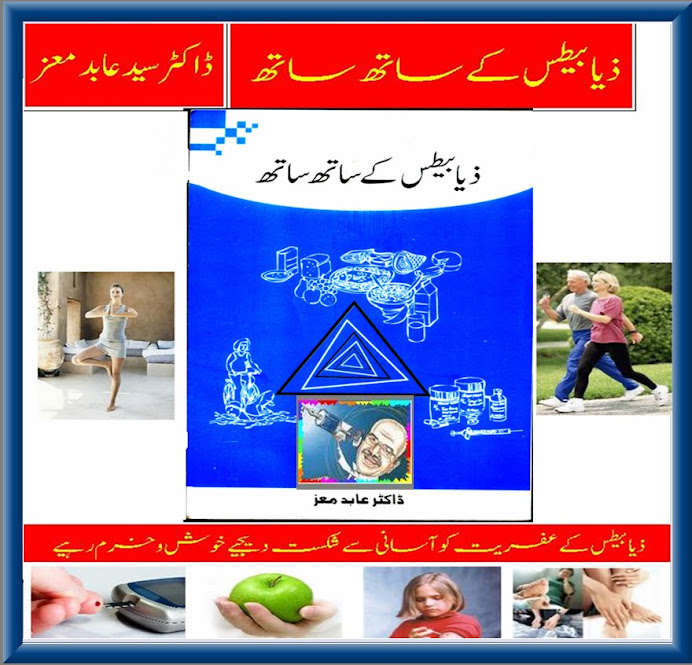World Diabetes Day (WDD) is celebrated every year on November 14. The World Diabetes Day campaign is led by the International Diabetes Federation (IDF) and its member associations. It engages millions of people worldwide in diabetes advocacy and awareness. World Diabetes Day was created in 1991 by the International Diabetes Federation and the World Health Organization in response to growing concerns about the escalating health threat that diabetes now poses. World Diabetes Day became an official United Nations Day in 2007 with the passage of United Nation Resolution 61/225. The campaign draws attention to issues of paramount importance to the diabetes world and keeps diabetes firmly in the public spotlight. This year sees the first of a five-year campaign that will address the growing need for diabetes education and prevention programmes.
World Diabetes Day is a campaign that features a new theme chosen by the International Diabetes Federation each year to address issues facing the global diabetes community. While the themed campaigns last the whole year, the day itself is celebrated on November 14, to mark the birthday of Frederick Banting who, along with Charles Best, first conceived the idea which led to the discovery of insulin in 1922.
Diabetes Education and Prevention is the World Diabetes Day theme for the period 2009-2013. The campaign slogan for 2009 is "Understand Diabetes and Take Control". Diabetes is difficult. The disease imposes life-long demands on the 285 million people now living with diabetes and their families. People with diabetes must deliver 95% of their own care, so it is of paramount importance that they receive ongoing, high-quality diabetes education that is tailored to their needs and delivered by skilled health professionals. In addition, IDF estimates that over 344 million people worldwide are at risk for type 2 diabetes.Type 2 diabetes can be prevented in the many cases by helping and encouraging those at risk to maintain a healthy weight and take regular exercise. The key messages for everyone are:
- Know the diabetes risks and know the warning signs
- Know how to respond to diabetes and who to turn to
- Know how to manage diabetes and take control
Where is it celebrated?
World Diabetes Day is celebrated worldwide by the 212 member associations of the International Diabetes Federation in more than 160 countries and territories, all Member States of the United Nations, as well as by other associations and organizations, companies, healthcare professionals and people living with diabetes and their families.
How is it marked?
The global diabetes community including International Diabetes Federation member associations, diabetes organizations, NGOs, health departments, civil society, individuals and companies develop an extensive range of activities, tailored to a variety of groups. Activities organized each year include:
- Radio and television programmes
- Sports events
- Free screenings for diabetes and its complications
- Public information meetings
- Poster and leaflet campaigns
- Diabetes workshops and exhibitions
- Press conferences
- Newspaper and magazine articles
- Events for children and adolescents
- Monument lightings
- Human blue circles
- Walks
- Runs
- Cycle Race
- Political Events
Is there a theme?
Each year World Diabetes Day is centred on a theme related to diabetes. Topics covered in the past have included diabetes and human rights, diabetes and lifestyle, and the costs of diabetes. Recent themes include:
2005: Diabetes and Foot Care
2006: Diabetes in the Disadvantaged and the Vulnerable
2007-2008: Diabetes in Children and Adolescents
2009-2013: Diabetes Education and Prevention
2006: Diabetes in the Disadvantaged and the Vulnerable
2007-2008: Diabetes in Children and Adolescents
2009-2013: Diabetes Education and Prevention
The World Diabetes Day logo
The World Diabetes Day logo is the blue circle - the global symbol for diabetes which was developed as part of the Unite for Diabetes awareness campaign. The logo was adopted in 2007 to mark the passage of the United Nations World Diabetes Day Resolution. The significance of the blue circle symbol is overwhelmingly positive. Across cultures, the circle symbolizes life and health. The colour blue reflects the sky that unites all nations and is the colour of the United Nations flag. The blue circle signifies the unity of the global diabetes community in response to the diabetes pandemic.







No comments:
Post a Comment